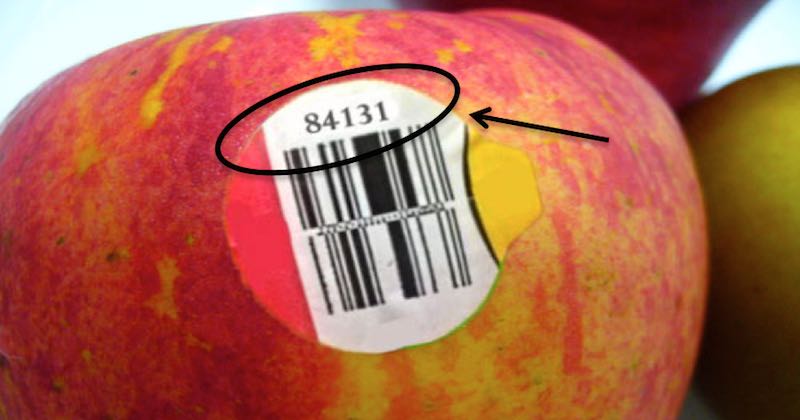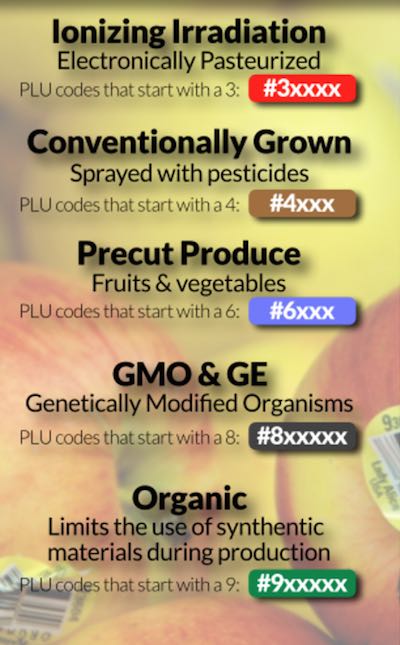If You See This Label On A Fruit, DO NOT Buy It At Any Cost. Here's Why …
Last updated on
Although they seem like a nuisance, the stickers or labels attached to some fruits and vegetables have more of a function than helping scan the price at checkout.
The PLU code, or price lookup number printed on the sticker, also tells you how the fruit was grown. By reading the PLU code, you can tell if the fruit was genetically modified, organically grown or produced with chemical fertilizers, fungicides, or herbicides.
How To Read PLU Codes
Be a savvy shopper by using PLU codes to confirm how your produce was created. Here are the basics:
- A 5-digit PLU code starting with the number “3” means the produce was irradiated (electronically pasteurized).
- If there are only 4 digits in the PLU and they begin with a “3” or “4”, it means that the produce was grown conventionally or “traditionally” with the use of pesticides. The last four digits of the PLU code are simply what kind of vegetable or fruit. An example is that all bananas are labeled with the code of 4011.
- A PLU code beginning with a “6” identifies pre-cut fruits and vegetables.
- If there are 5 digits in the PLU code, and the number starts with an “8”, this tells you that the item is a genetically modified fruit or vegetable. Genetically modified fruits and vegetables trump being organic. So, it is impossible to eat organic produce that are grown from genetically modified seeds. For example, a genetically engineered (GE or GMO) banana would be: 84011
- If there are 5 digits in the PLU code, and the number starts with a “9”, this tells you that the produce was grown organically and is not genetically modified. An organic banana would be: 94011 (see image below).
- No sticker? You may come across produce that have no sticker, is this any better? No, actually it might be suspicious, unless you know for sure where they come from (for example at the farmers market). Imported fruits and vegetables are always labeled. If there is no sticker, chances are that they have been removed for some reason and may be for dishonest reason!
How to remember these? Here’s a simple graph to help you remember.
Still can’t remember? Think of it this way … “8 you hate” and “9 is fine”.

Reference:
https://www.ifpsglobal.com/Identification/PLU-Codes
Some of the links I post on this site are affiliate links. If you go through them to make a purchase, I will earn a small commission (at no additional cost to you). However, note that I’m recommending these products because of their quality and that I have good experience using them, not because of the commission to be made.
Comments
Leave a Reply



































 JOIN OVER
JOIN OVER
This is full of crap. Organic foods isn’t healthier or better for the environment. Organic also uses pesticides, many of which are more dangerous than the ones used in conventional crops. The “organic” label is just a marketing scam. Many organic foods have also been genetically-modified. In fact, many foods that we’ve eaten for generations have been genetically-modified.